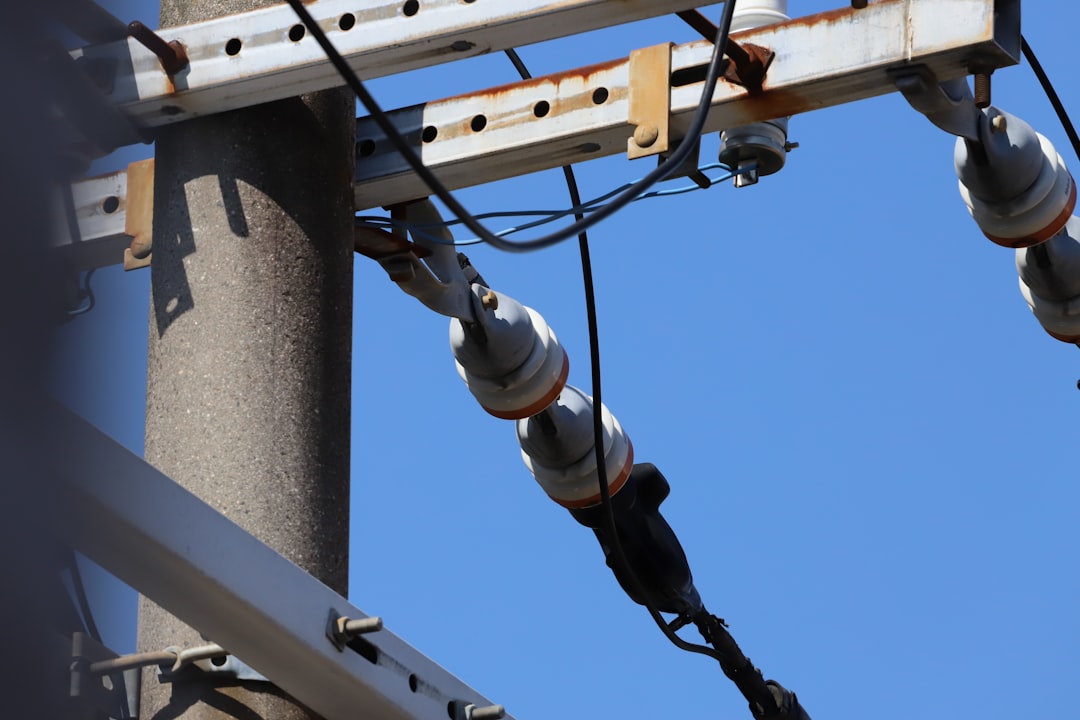Professional Guide to Installing an Electrical Outlet
For construction professionals, understanding the intricacies of installing an electrical outlet is crucial. The cost for installing an electrical outlet typically ranges from $150 to $300 per outlet, depending on the complexity and location. This guide provides a comprehensive overview of the process, ensuring compliance with safety standards and optimizing efficiency.
Importance of Proper Outlet Installation
- Prevents overloaded circuits that can trip breakers or start fires
- Supports modern smart-home devices requiring dedicated amperage
- Adds convenient charging points that boost property value
- Meets local electrical code, saving expensive rework during inspections
Understanding Professional Search Intent
When professionals search for “installation rates 2025” or “construction crew costs analysis,” they seek detailed cost breakdowns and efficient methodologies. CountBricks provides in-depth education, instant AI estimates, and certified crews for turnkey solutions.
Planning: Code, Load, and Location
Before any installation, project managers should:
- Verify existing service panel capacity
- Check National Electrical Code (NEC) spacing rules
- Pinpoint framing members and insulation depth
- Map conduit paths for approval
Real-Time Costing with CountBricks AI
Our voice-enabled estimating tool captures tasks, pulls live material costs, calculates labor, and generates shareable quotes, ensuring transparent, line-item clarity.
Step-by-Step Outlet Installation
- Shut off power and lock out the service panel.
- Mark box location, ensuring 12–18 inches above finished floor.
- Use a drywall saw to create a snug hole for the remodel box.
- Snake NM cable from the new location to the nearest suitable cavity or panel run.
- Staple cable within 8 inches of each box entry to meet code.
- Strip conductors, leaving 6 inches free inside the box.
- Terminate hot, neutral, and ground on a tamper-resistant receptacle.
- Secure the outlet, install the wall plate, and restore power.
- Test with a three-light tester and document results.
Common Pitfalls to Avoid
- Adding to an already maxed-out 15-amp circuit
- Using back-stab terminals instead of screw lugs
- Omitting AFCI or GFCI protection where required
- Failing to pull a permit
Streamlining Electrical Work
- Instant voice-to-estimate speeds approvals
- Cloud blueprints for exact wire runs
- Auto-generated material pick lists
- Integration with CountBricks.com/invoices for faster payments
Building Client Confidence
Certified electricians with up-to-date credentials ensure peace of mind. Every project closes with a documented inspection checklist.
Looking Ahead: Smart Outlets and Future Load
Residential demand is shifting. Consider running 20-amp branch circuits, using deep boxes, and labeling wiring for future renovations.
Conclusion
Installing an electrical outlet requires precision and compliance. CountBricks offers AI-driven pricing, code-compliant workflows, and experienced crews for reliable installations. Visit CountBricks.com for more information.
Case Study: Efficient Multi-Outlet Installation
A Las Vegas homeowner converted a spare bedroom into a dual workstation. Our estimator used the mobile app to assess the space:
- “Install two duplex outlets on the east wall, one on the north, all tied into existing 20-amp circuit.”
Within 45 seconds, the client received a quote: materials $84.32, labor 2.6 hours, permit fee $38—total $313.07. The crew arrived the next morning.
On-Site Execution
- Power verified off, walls scanned for studs and plumbing.
- Remodel boxes installed with no drywall patching required.
- 12-2 NM cable routed through attic cavity.
- AFCI breaker tested, outlets labeled, inspection scheduled.
Total time on site: 2 hours 15 minutes. The homeowner appreciated the seamless process.
Pro Tips for Multi-Outlet Projects
- Budget for panel space
- Consider neutral sharing rules
- Opt for tamper-resistant receptacles
- Use photo logs for future remodels
Get Started Today
For efficient electrical upgrades, visit CountBricks.com and explore our professional services.

